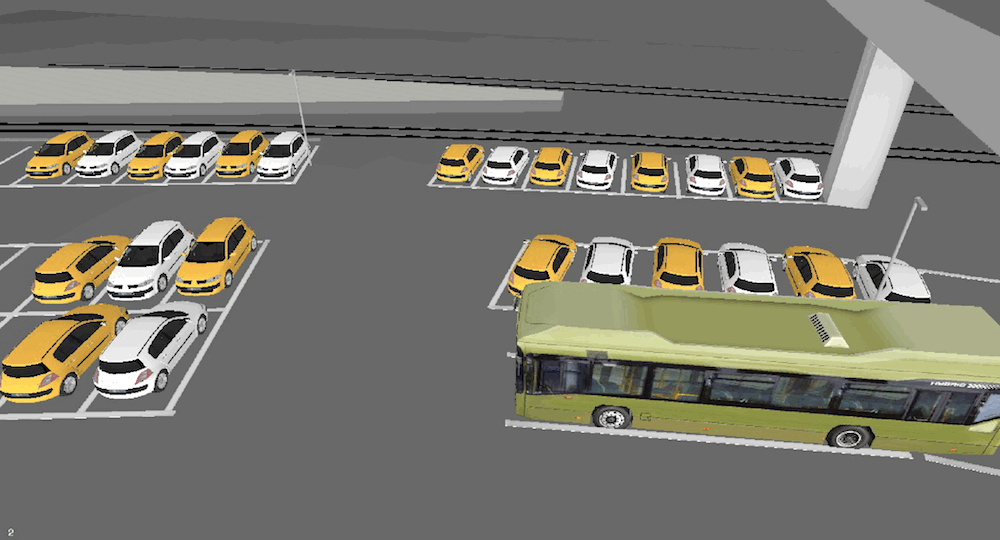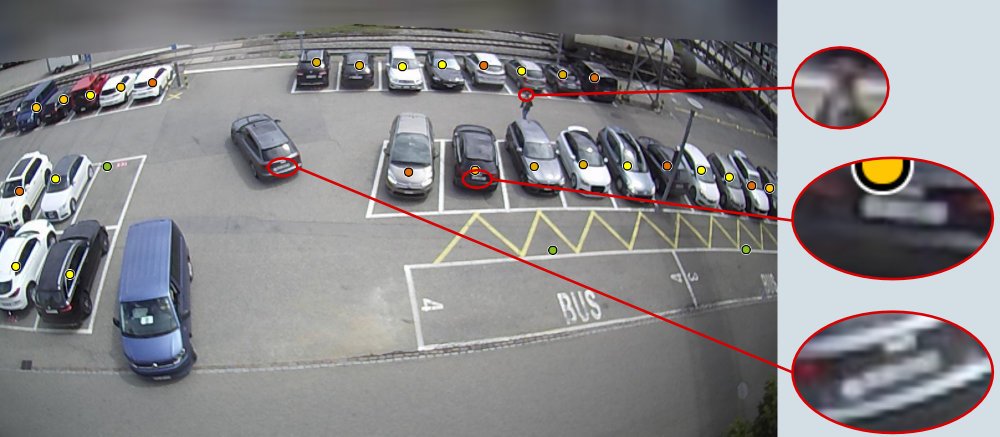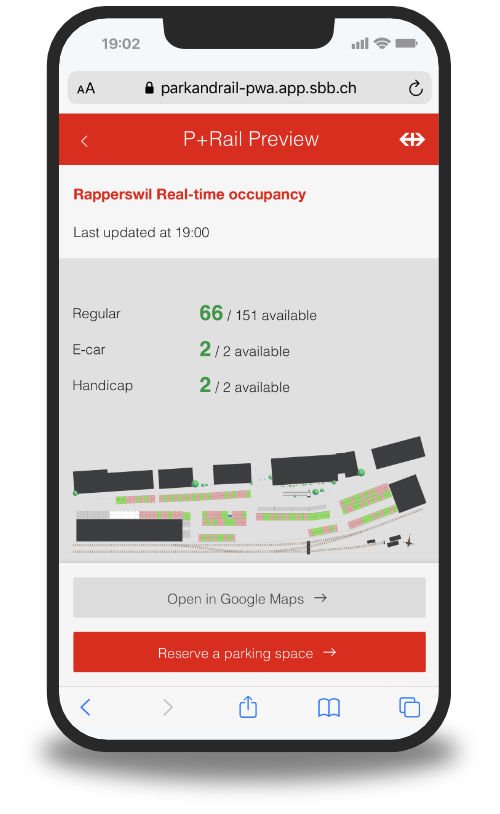Partners in the Spotlight
Selected integrations
AXIS ACAP - Parquery in-camera
Fotokite - Parking & Traffic Surveys
Parquery works with ANY camera
Parquery’s smart parking solution detects vehicles in camera images to analyze occupancy and utilization of a parking area using Artificial Intelligence (AI) algorithms. Wherever cameras and imaging are involved, privacy and data protection must be an integral part of both, the conceptual and the technical solution.
That starts with only recording data that is necessary and no more, continues with assuring that data is handled safely and responsibly, and concludes with keeping it only as long as required. Parquery plans and executes each project with privacy and data protection at the forefront of their mind. Consequently, they follow the principle of ‘As much as necessary, as little as possible.’ for recording and storing data.
Parquery
In detail, this means, Parquery optimizes camera views and their installation locations during the planning stage with software simulations. Thus, they ensure optimal coverage with the minimum number of cameras. At the same time, they strictly limit the views to what is required to provide the service. If adjacent areas cannot physically be excluded by shifting and rotating the camera, they are masked and rendered unrecognizable before processing.

Combined with high camera installation points, the pixel resolution of the camera images is typically not sufficient to discern a car license plate or recognize a person’s face. Nevertheless, Parquery automatically blurs faces and license plates to guarantee that neither people nor vehicles can be identified.
The software simulation estimates the expected pixel resolution for faces and license plates, thus allowing Parquery to ensure privacy from the outset.

All recorded images are deleted after processing. Only the extracted data is kept, that is, if a parking space was occupied when the footage was taken. Parquery’s customers can request to store images for a certain amount of time, e.g., as image proof for parking enforcement.
Parquery complies with the European Union’s General Data Protection Regulation (GDPR) and the Swiss Federal Data Protection Act (DSG). They regularly train their employees in privacy and data protection issues to stay current with adapting rules.
Smart parking will become a key in integrating personal and public mobility, and ensuring privacy and data protection are of central importance for its success. Since May 2020, SBB, the Swiss Federal Railways, one of the innovation leaders in the transport industry, are evaluating Parquery’s smart parking solution in one of their 550 P+Rail (P+R, park and ride) facilities.

Six cameras mounted on light masts record images of the car park, which are then analyzed on Parquery’s cloud servers. The camera perspective needed to ensure reliable recognition of vehicles meant that the adjacent train platform and buildings were captured within the camera image. Since these image portions are not relevant for the occupancy computation they are masked and blurred.
On account of mounting the cameras in 8 meters height and the camera pixel resolution being low, pedestrians and vehicles are not recognizable: faces and number plates are represented by only a few pixels each.

Camera footage from the SBB P+Rail facility in Rapperswil, North-East Switzerland. Neighboring areas not essential to the smart parking service are masked and blurred, e.g., the platform at the upper edge of the image. Furthermore, the resolution of the image does not allow number plates or faces to be recognized since they are represented by a few pixels only (see enlarged image portions).

Parquery’s smart parking solution provides parking occupancy data and analytics on car park usage and parking behavior while protecting the users’ privacy and data.
The data empower SBB to understand usage and occupancy patterns and to gain insight into parking behavior. Thus, providing the base for informed business decisions. Moreover, SBB’s customers benefit from up-to-date information about available parking spots on their mobile phones.
Learn more about Parquery's project with SBB
We do not record private data and strictly comply with the General Data Protection Regulation (GDPR) and the Swiss Federal Act on Data Protection (FADP).